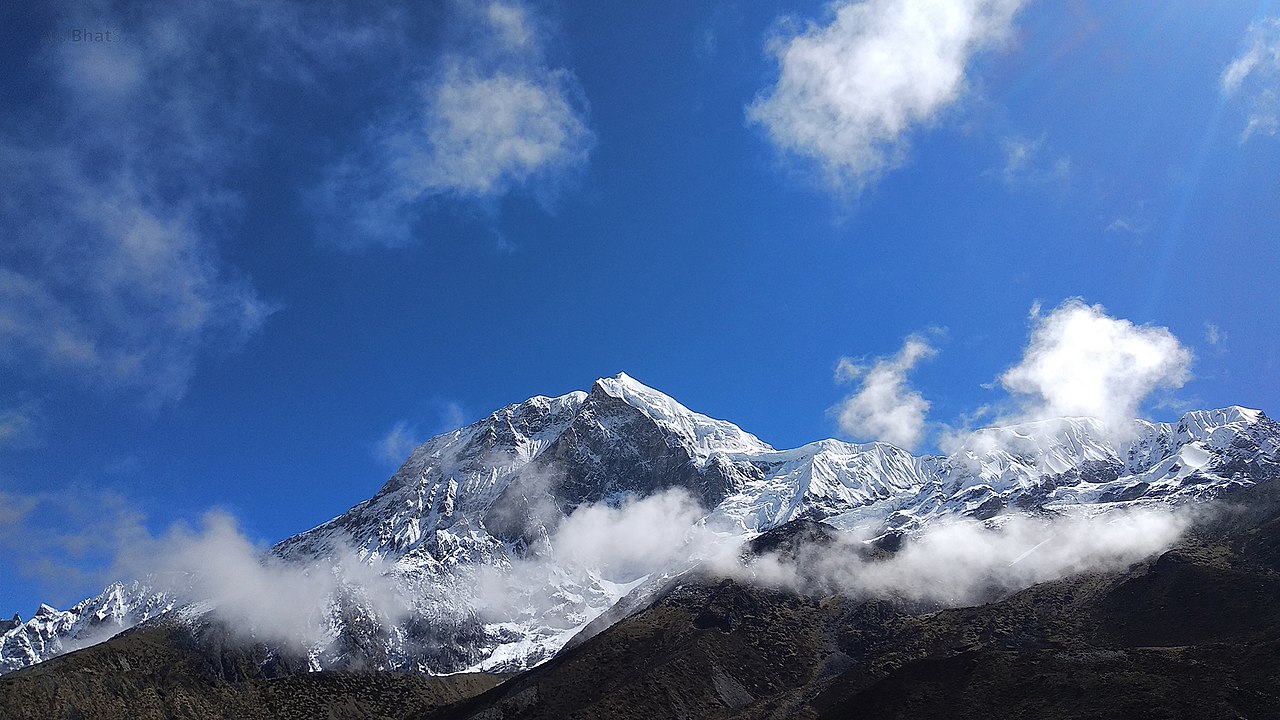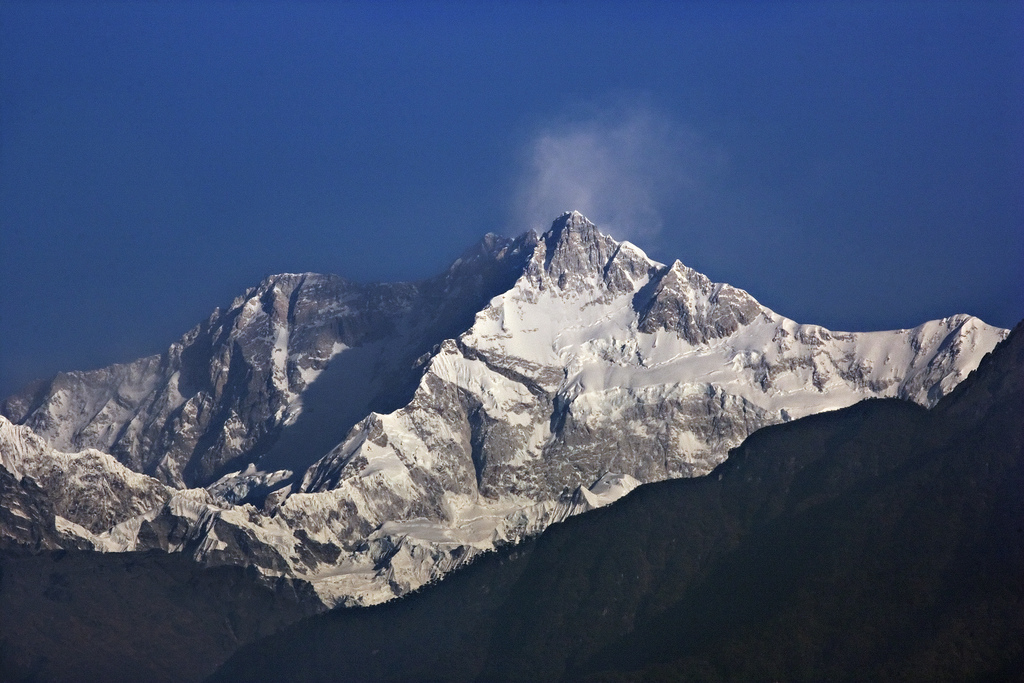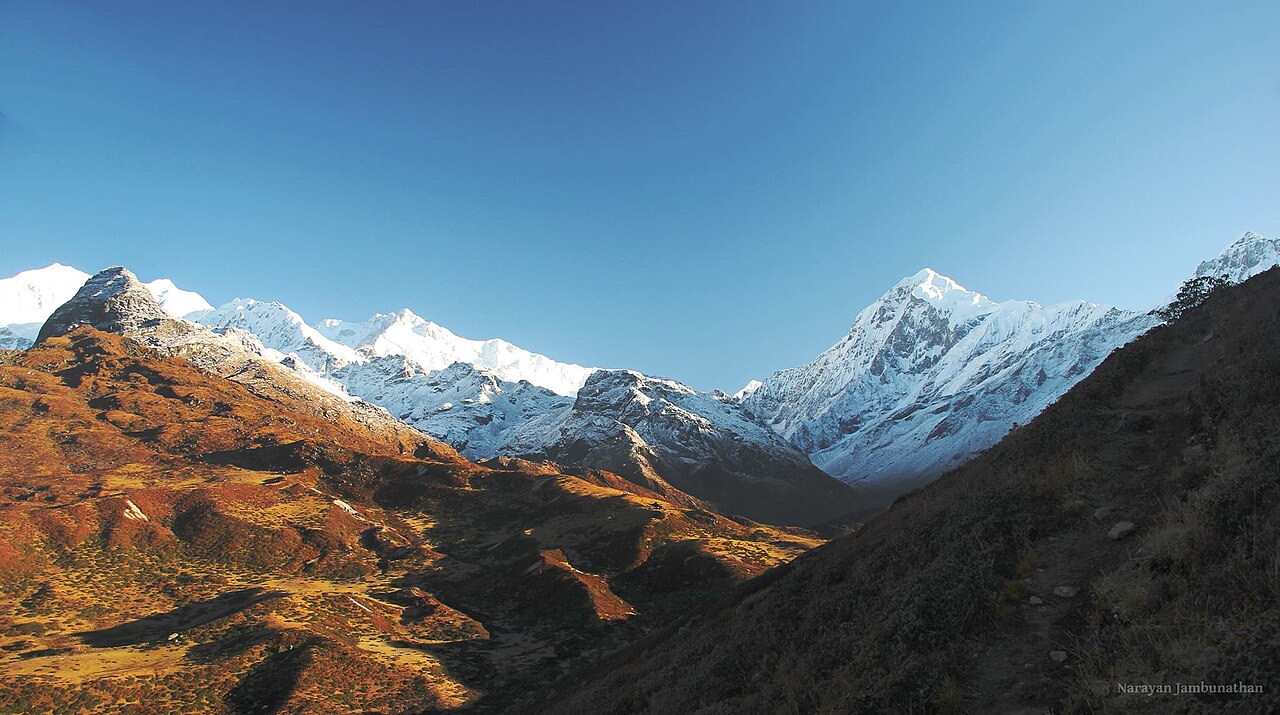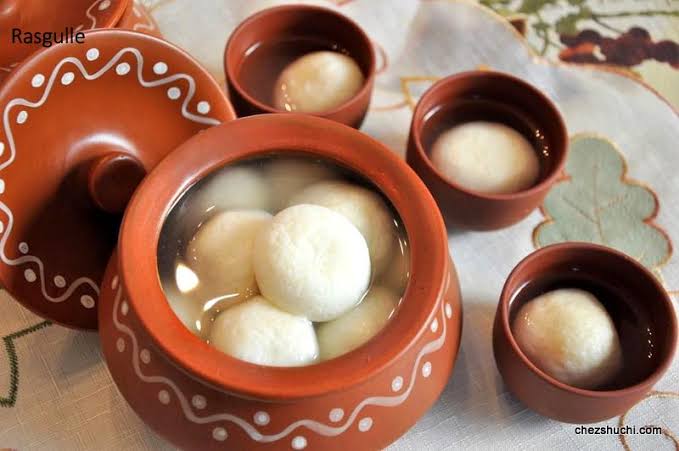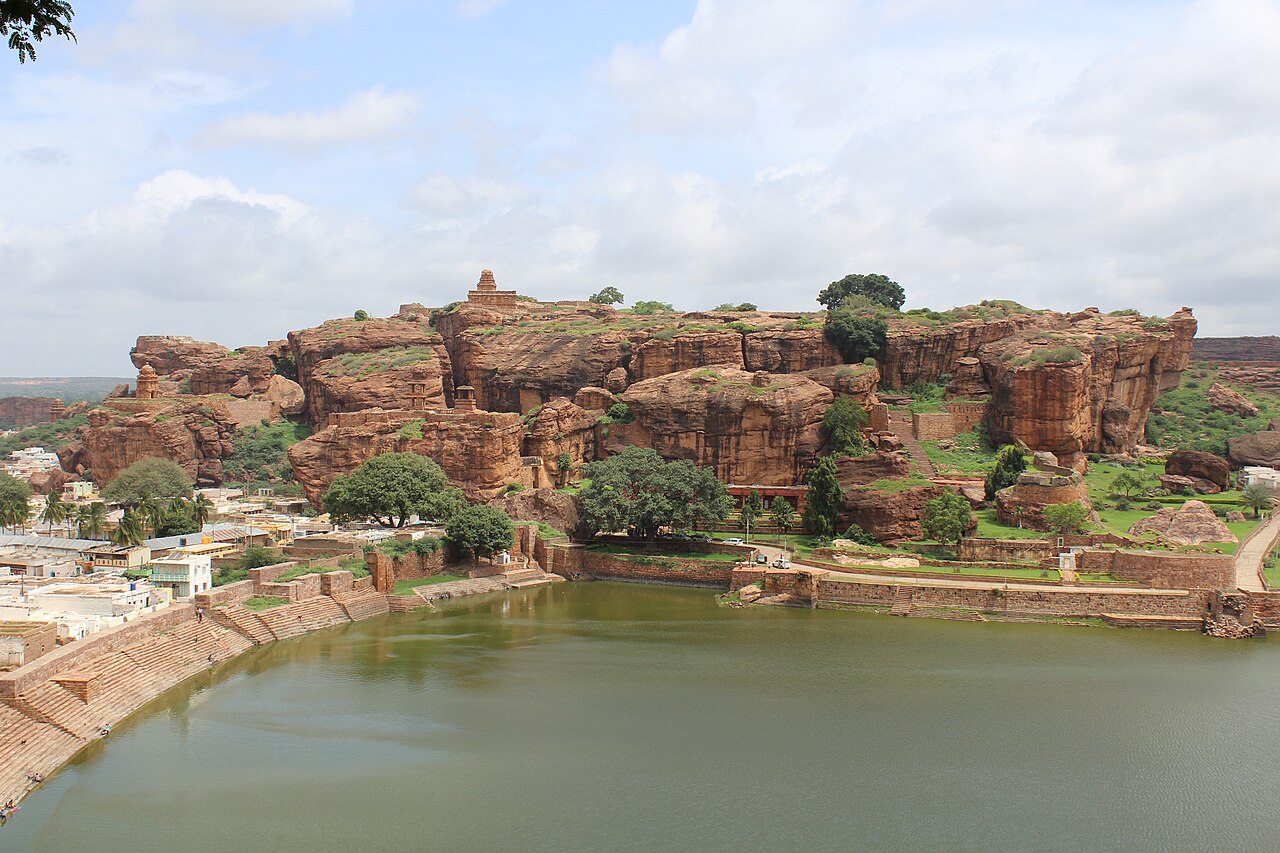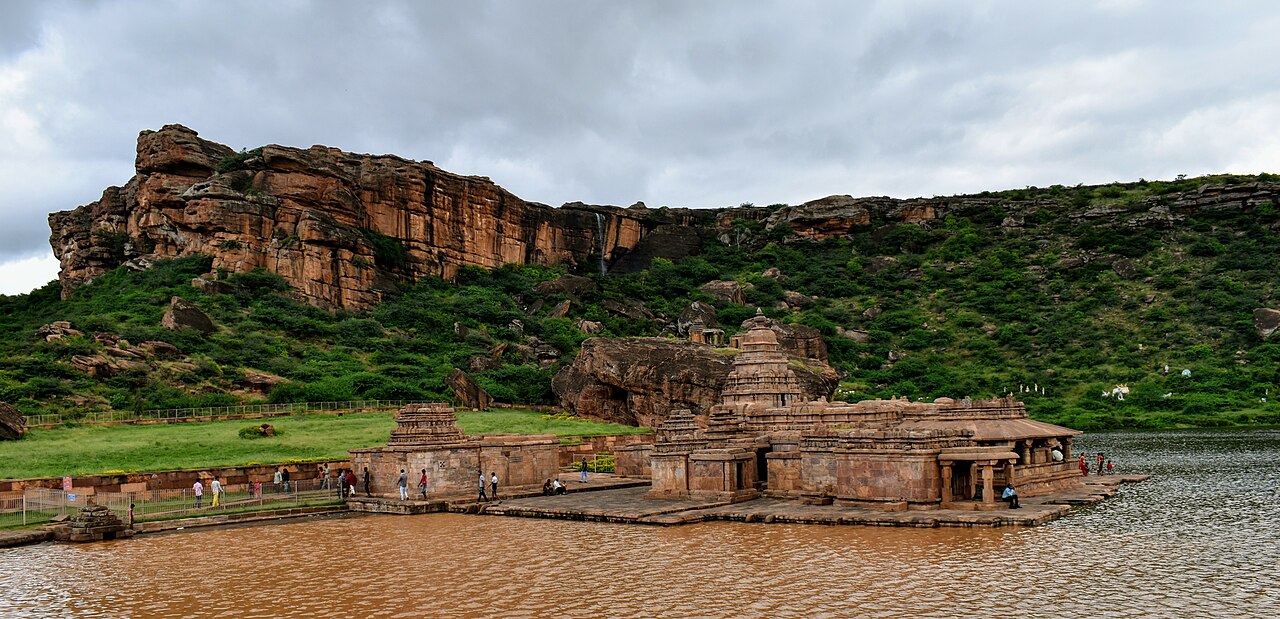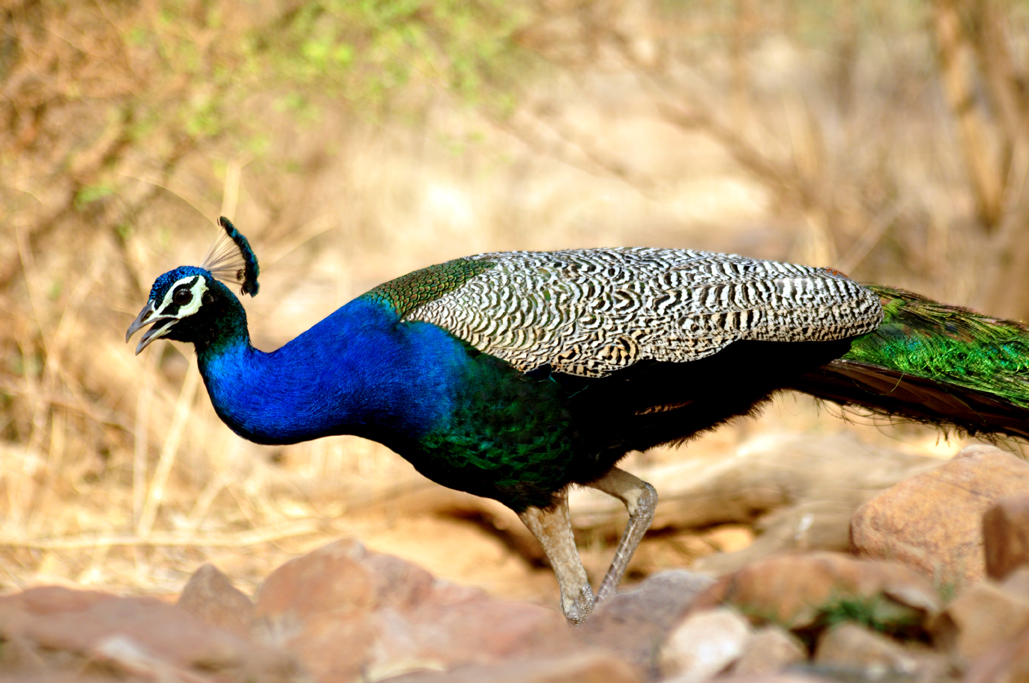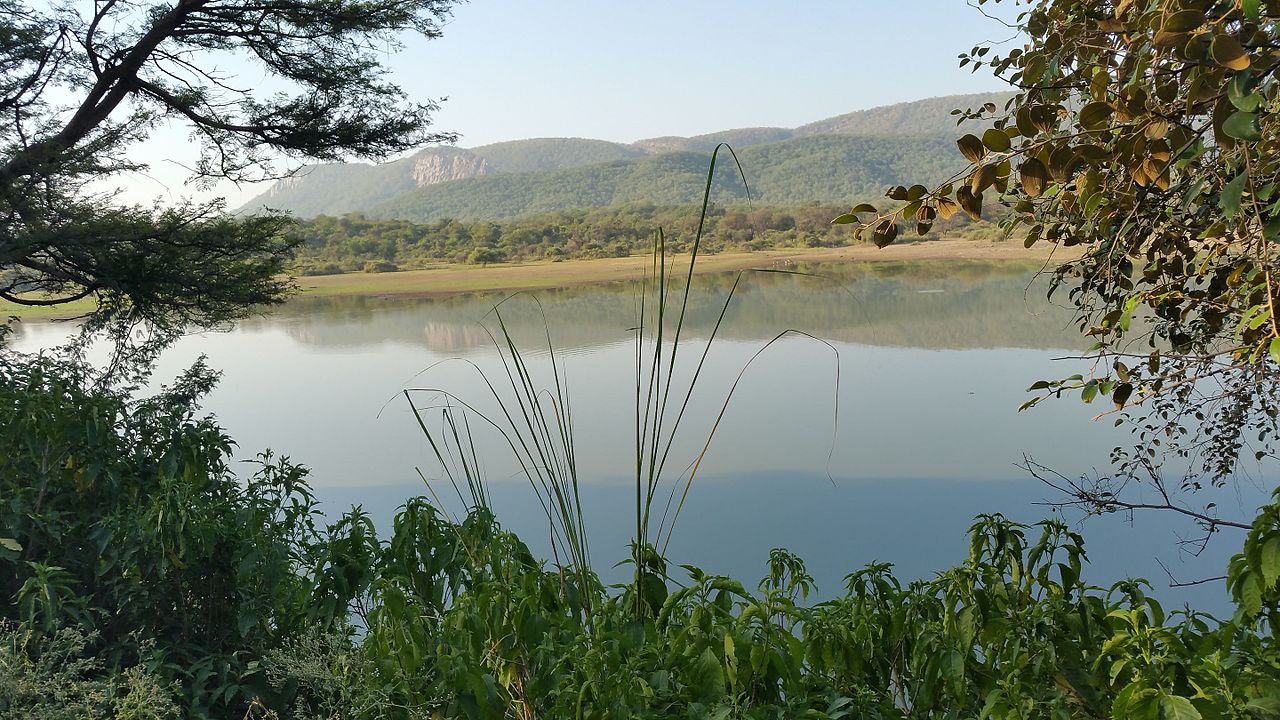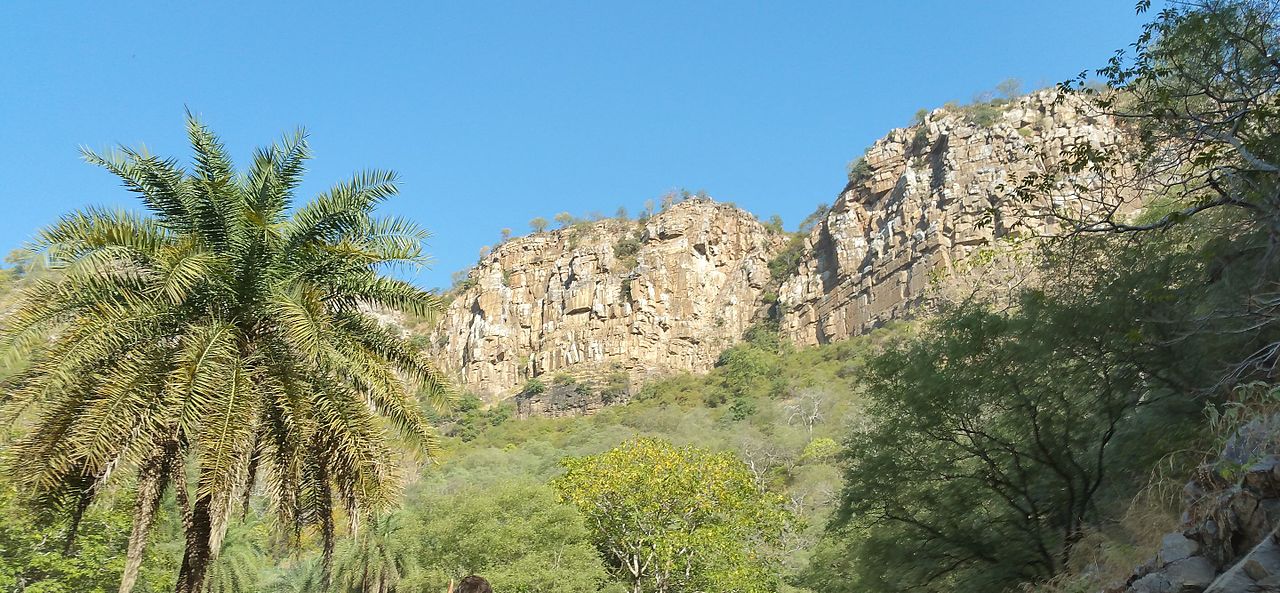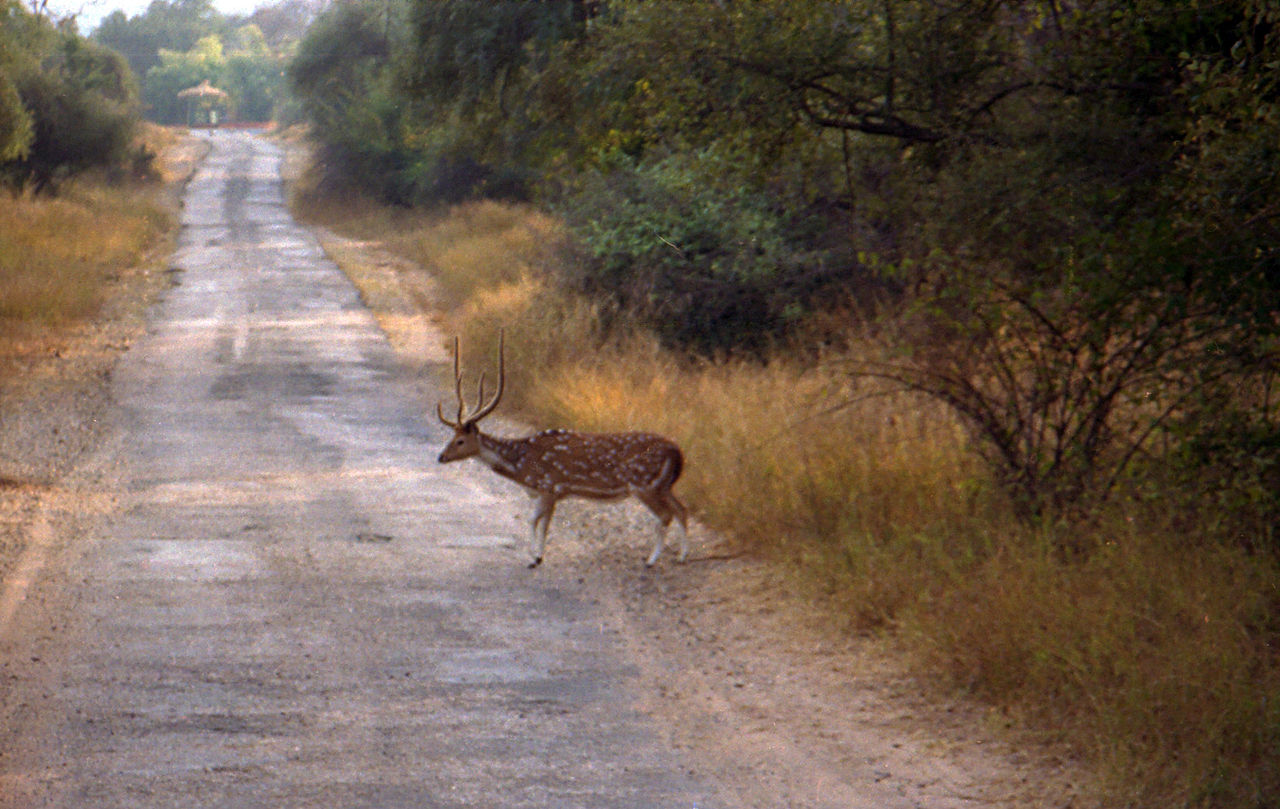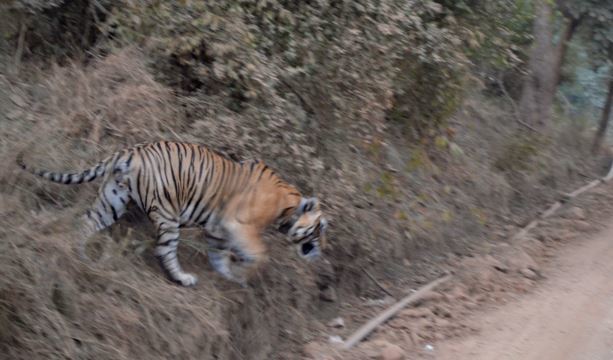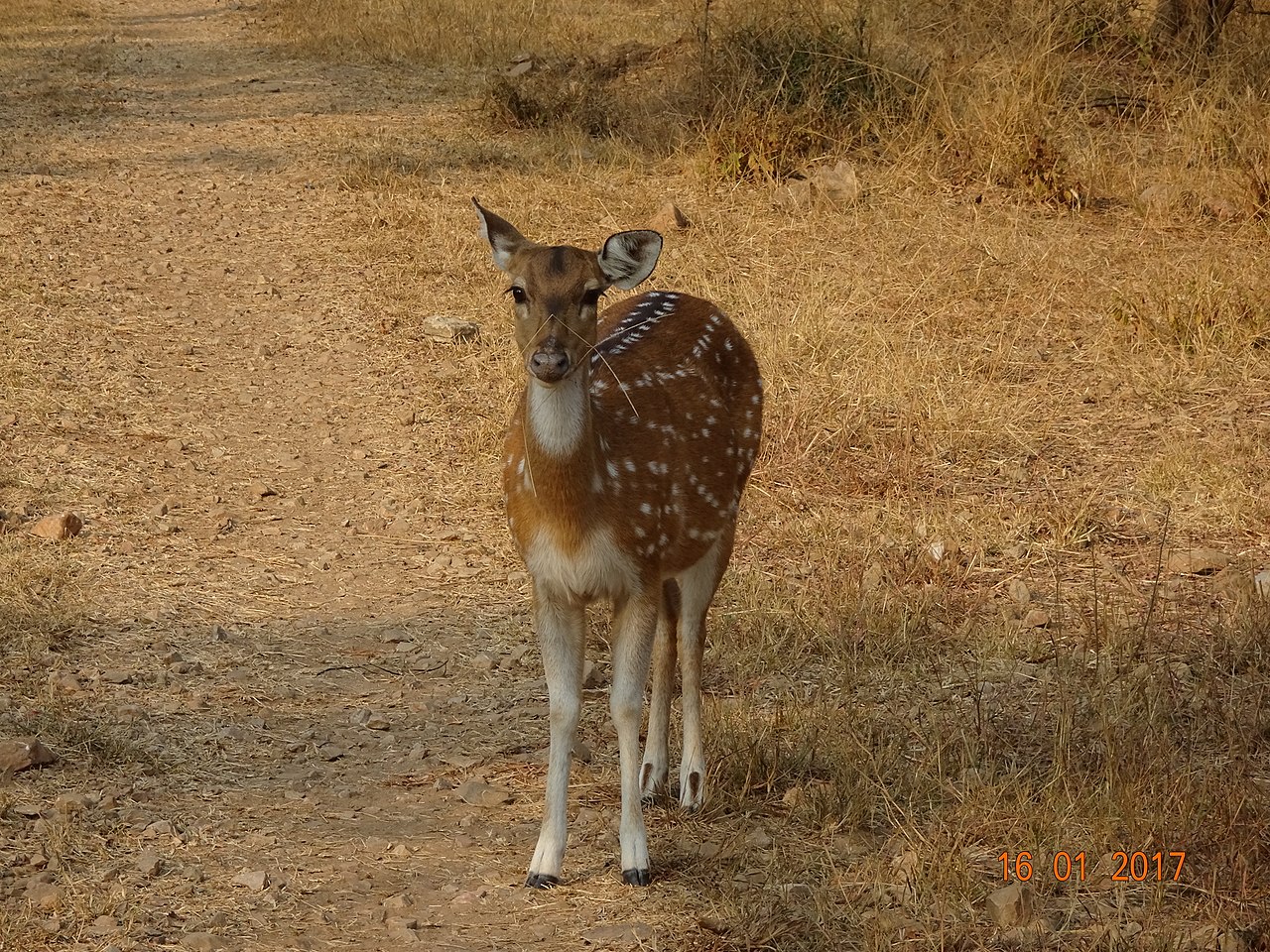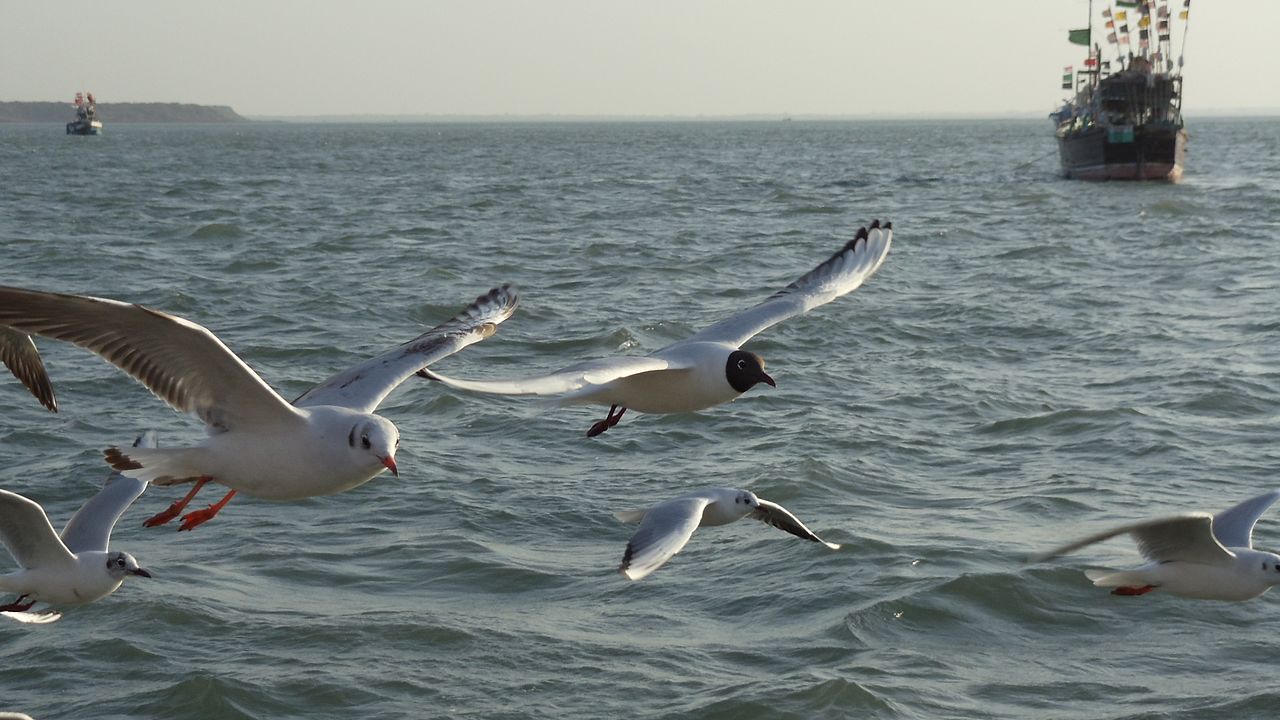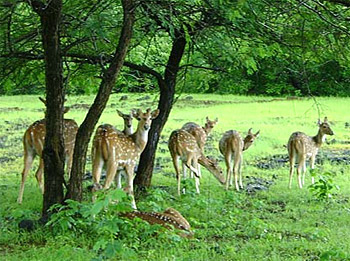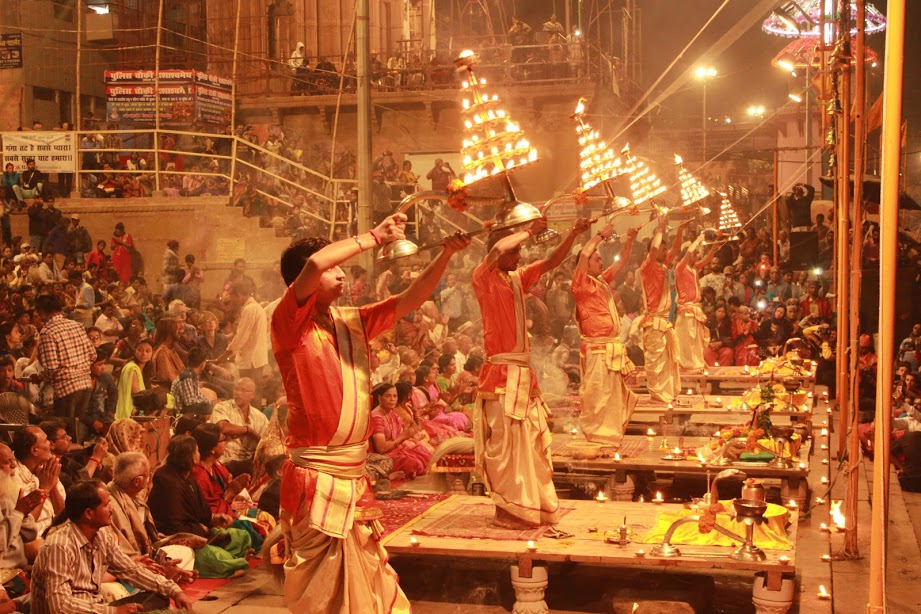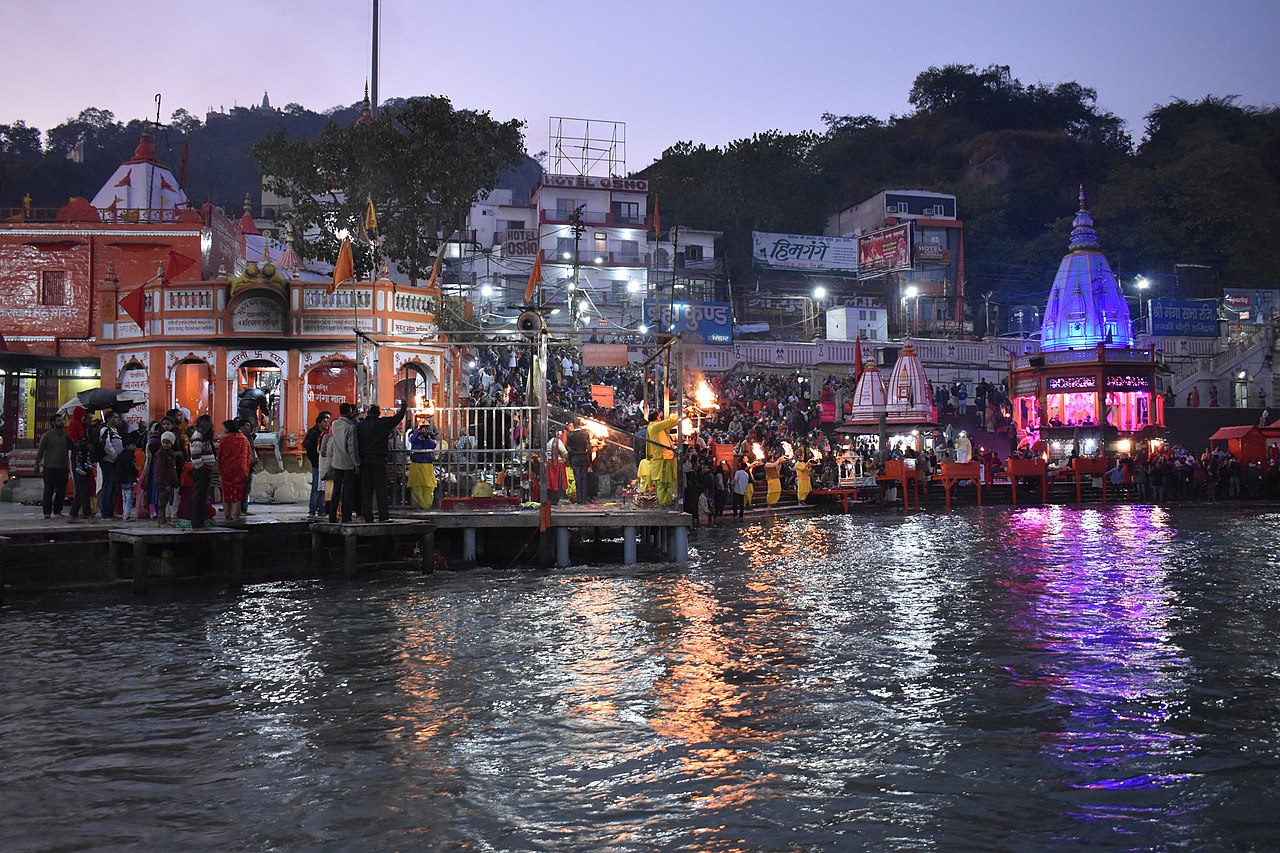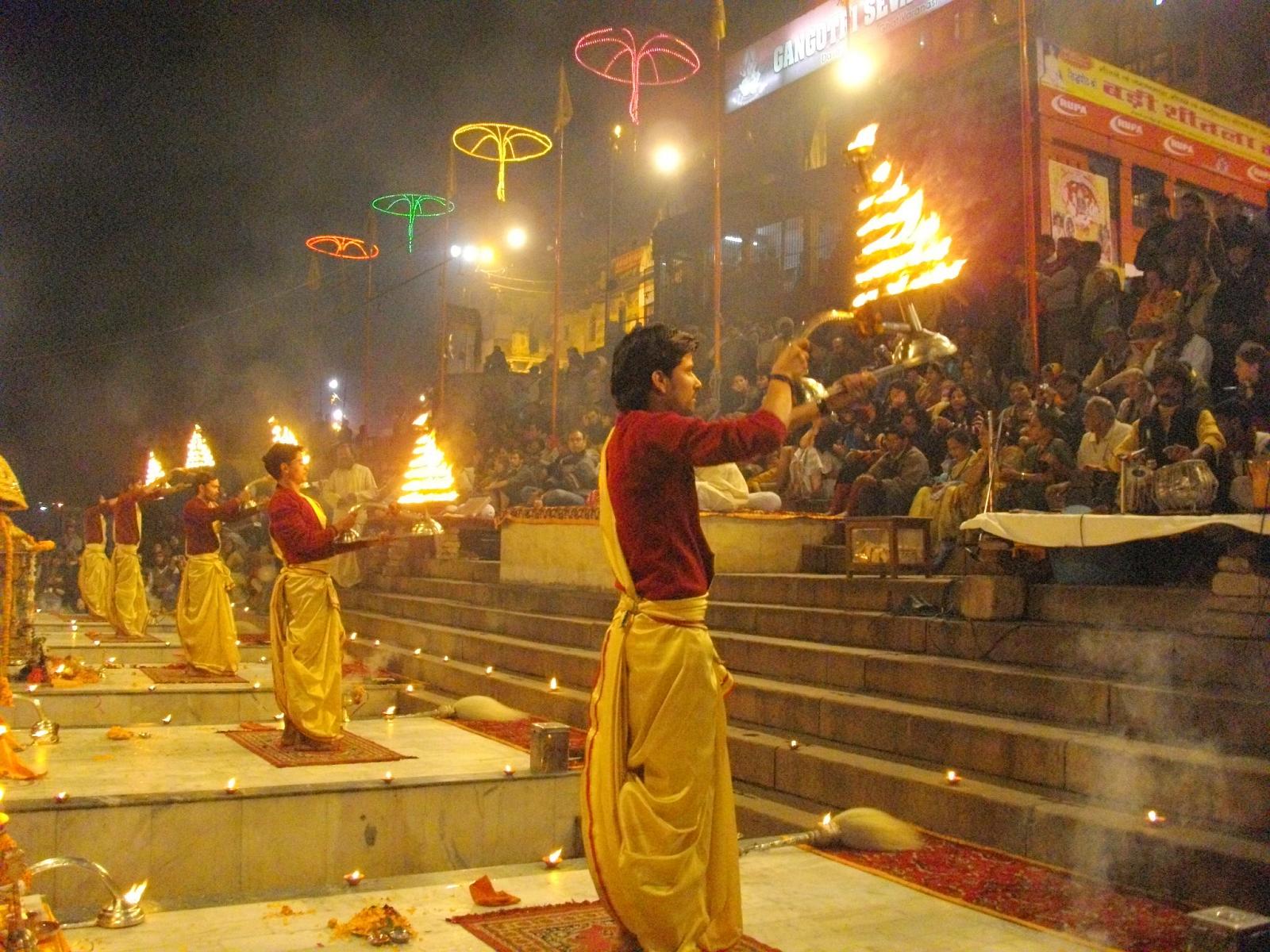Discovering the Rich History of Char Dham Temples of Uttarakhand.
The Char Dham Yatra, a pilgrimage to the four holy shrines of Yamunotri, Gangotri, Kedarnath, and Badrinath, is a journey that every devout Hindu aspires to make at least once in their lifetime. Located in the picturesque state of Uttarakhand, these temples are not only revered for their religious significance but also for their historical and cultural significance.
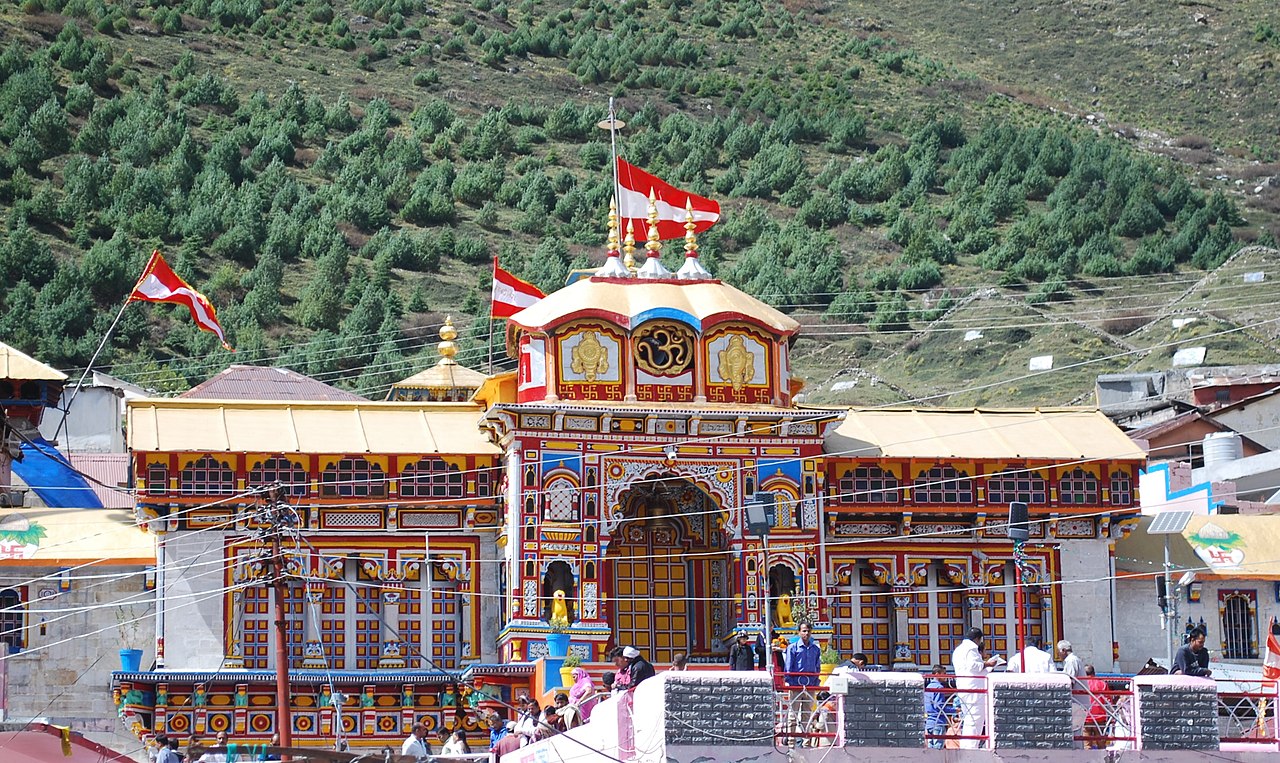
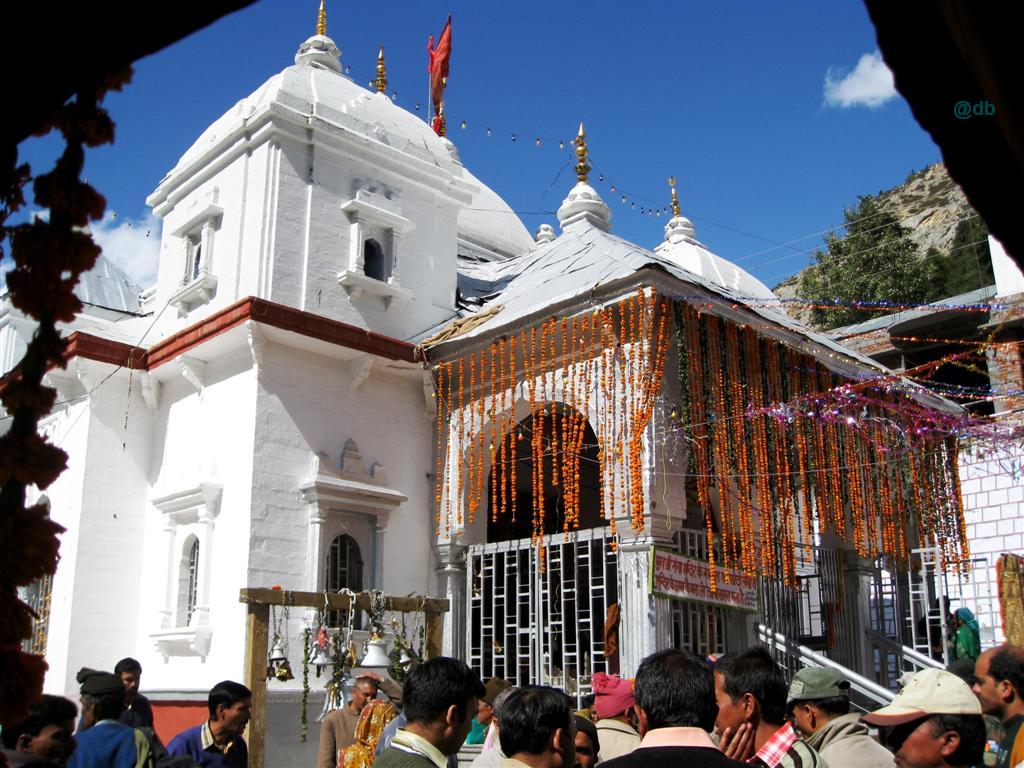
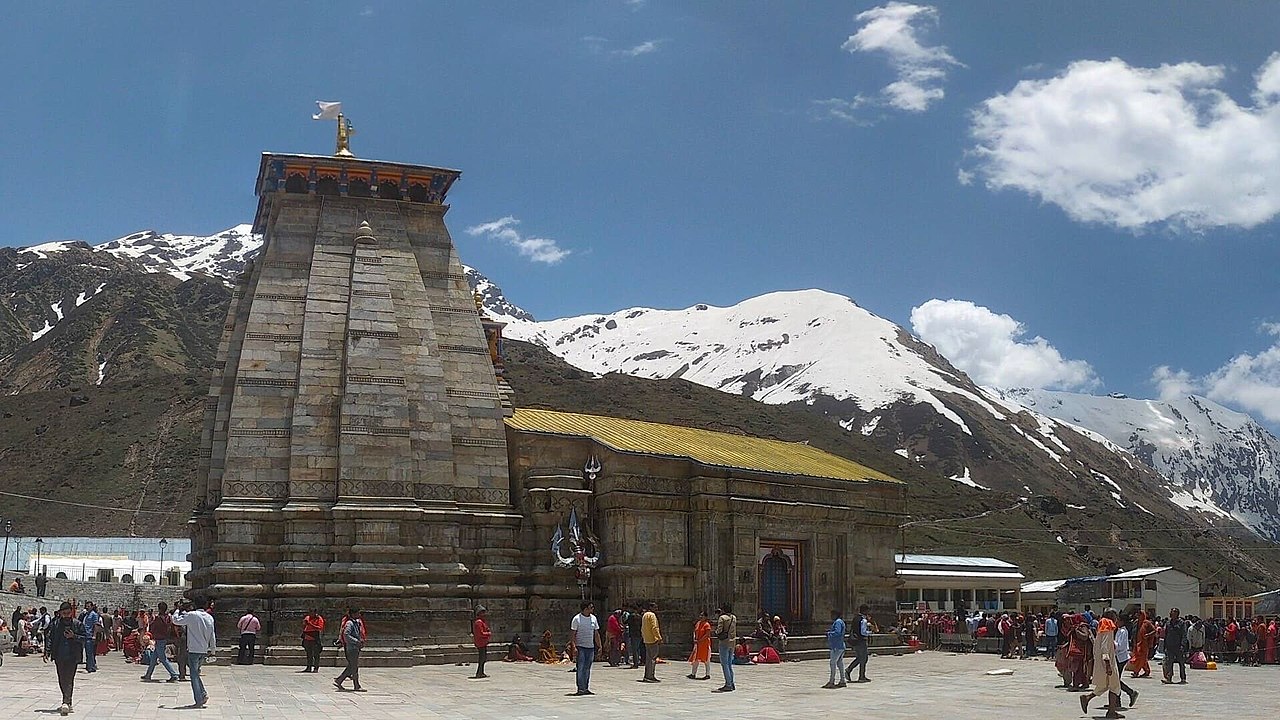
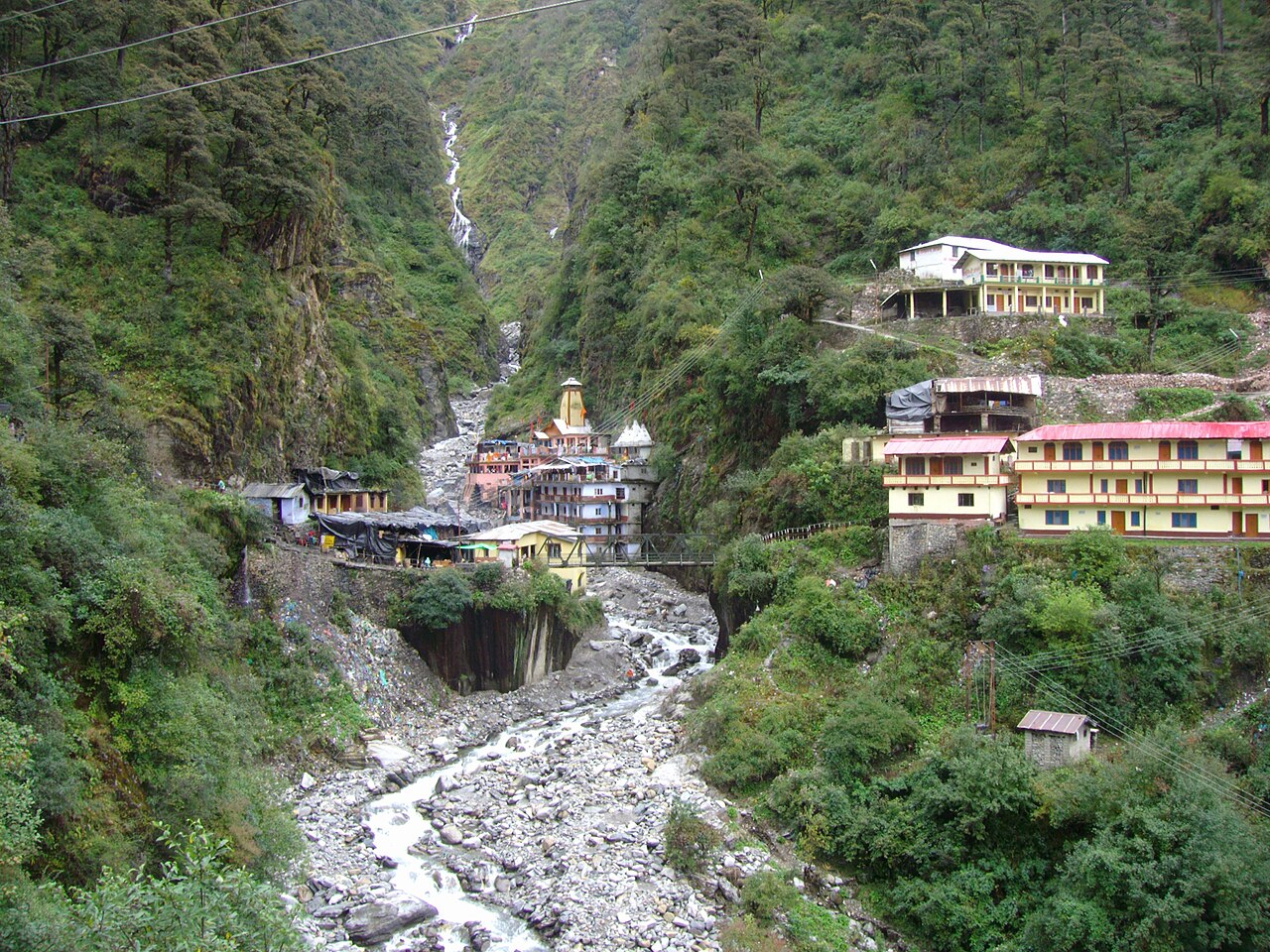
Each of the Char Dham temples has its own unique history and significance.
Yamunotri, the source of the Yamuna river, is known for its hot water springs and its connection to the sage Yamuna.
Gangotri, the origin of the Ganga river, is believed to be the spot where King Bhagiratha meditated to bring the river down from heaven.
Kedarnath, located in the Garhwal Himalayas, is one of the twelve Jyotirlingas of Lord Shiva and is believed to be the place where Lord Shiva himself appeared in the form of a bull.
Lastly, Badrinath, situated in the Chamoli district, is the abode of Lord Vishnu and is believed to be the spot where he meditated in the form of Badri Narayan.
Apart from the temples themselves, there are several other landmarks and attractions that visitors can explore while on the Char Dham Yatra. The Valley of Flowers National Park, a UNESCO World Heritage Site, is located near the Hemkund Sahib shrine and is known for its stunning natural beauty and diverse flora and fauna. The Mana Village, located near Badrinath, is believed to be the last village in India before the Tibet border and is home to several ancient temples and traditional homes.
Visitors can also enjoy several adventure activities such as trekking, camping, and river rafting, especially in the areas surrounding Kedarnath and Gangotri.
Accommodations during the Char Dham Yatra range from budget guesthouses to luxury hotels, and there are plenty of options available in each of the temple towns. It is recommended to book in advance during the peak season (April to June and September to November) to avoid any last-minute hassles.
Here are some travel tips to keep in mind while planning your Char Dham Yatra:
- Start your journey early in the day to avoid any traffic congestion and to reach the next temple town before sunset.
- Wear comfortable clothing and shoes as the terrain can be rough and the weather can be unpredictable.
- Carry enough cash as most of the towns do not have ATMs or card payment facilities.
- Respect the local culture and traditions while visiting the temples and be mindful of the dress code.
- Seek the help of a registered travel agent or guide to plan your journey and to ensure a hassle-free experience.
In conclusion, the Char Dham Yatra is not just a religious pilgrimage but also an opportunity to explore the rich history and culture of Uttarakhand. With its stunning natural beauty, ancient temples, and diverse range of activities, the Char Dham Yatra is a journey that is sure to leave a lasting impression on your mind and soul.
Frequently Asked Questions (FAQs)
A: The Char Dham Yatra is a pilgrimage to the four holy shrines of Yamunotri, Gangotri, Kedarnath, and Badrinath in Uttarakhand, India.
A: Yamunotri is the source of the Yamuna river, Gangotri is the origin of the Ganga river, Kedarnath is one of the twelve Jyotirlingas of Lord Shiva, and Badrinath is the abode of Lord Vishnu.
A: Yes, visitors can explore the Valley of Flowers National Park, the Hemkund Sahib shrine, the Mana Village, and engage in adventure activities like trekking, camping, and river rafting.
A: The peak season is from April to June and September to November when the weather is pleasant. It is advisable to avoid the monsoon season due to heavy rainfall and potential landslides.
A: There are a range of options from budget guesthouses to luxury hotels in each of the temple towns. It is recommended to book in advance during the peak season.
FAQs
A: It is advisable to start your journey early in the day to avoid traffic congestion and to reach the next town before sunset. Seek the help of a registered travel agent or guide for a hassle-free experience.
A: Wear comfortable clothing and shoes suitable for rough terrain. Carry enough cash as ATMs may be scarce, and be prepared for unpredictable weather conditions.
A: Respect the local culture and traditions, adhere to the dress code, and maintain decorum while visiting the temples.
A: Some areas may require permits, especially for foreign nationals. Check with local authorities or your travel agent for specific requirements.
A: The Char Dham Yatra involves trekking and rough terrain, so it may not be suitable for individuals with mobility issues or certain medical conditions. It is best to consult a healthcare professional before embarking on the journey.
